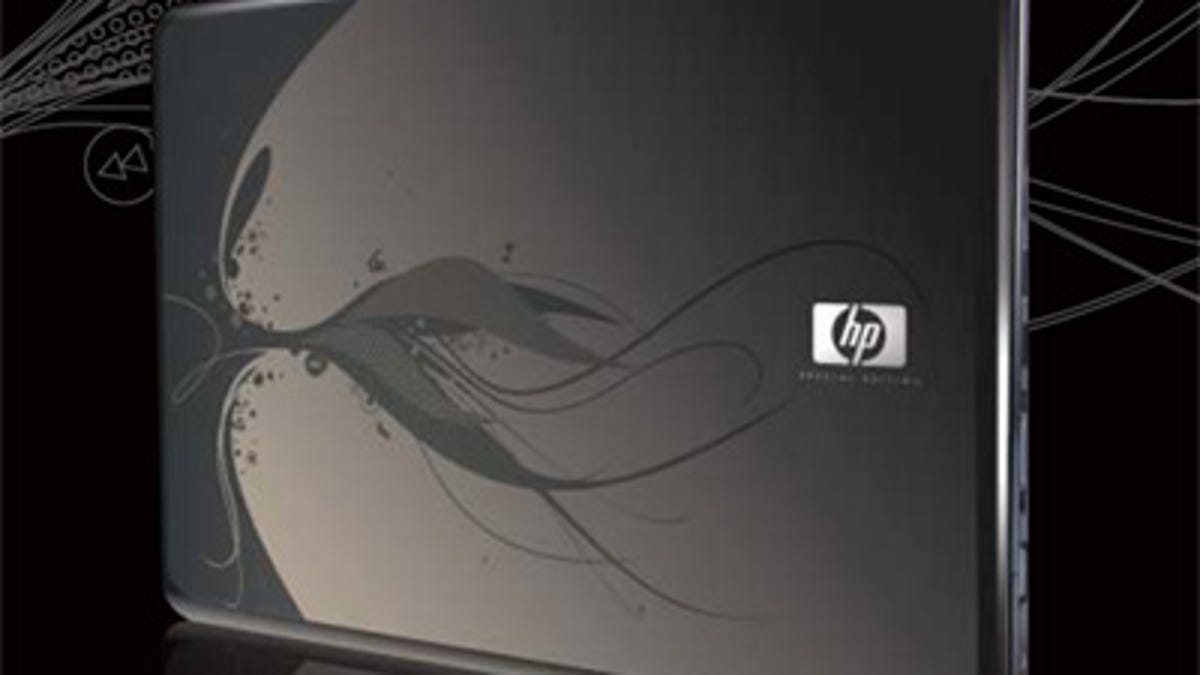The new face of the notebook market
Did you think notebooks were all about components? Think again. The notebook market now has everything to do with design.

With HP's decision to release a slew of new laptops that offer a slick design and nice specs, it had me thinking: is this the new face of the notebook market? Are notebooks becoming commodities that can be differentiated only by design?
And if all of that is true, what will happen to brand loyalty? Is it another victim of this vicious battle?
I think it is.
Years ago, very few people could conceive the meteoric rise of notebooks. According to Fusion data, notebook sales in one of the busiest times of the year (back-to-school) were up 24 percent and 11 percent in overall revenue this year. Compare that to a decline of 23 percent in desktop units and 16 percent in sales, and an interesting trend has definitely formed: notebook computers are becoming the chosen form of computing.
And with more notebooks on shelves (laptop shelf space has increased 51 percent over previous years), there are more options available to us. And if you notice, none of the laptops is much different from the next. More often than not, an HP notebook will feature the same specs as the Acer next to it or the Dell online. But if each computer is the same, how do we decide on which one to buy?
If you ask me, the reason we decide on one computer over another--as long as they're equally equipped--is design. And while some may say it's price, I must disagree. If you head on over to the HP and Dell Web sites and configure the same notebook, I'll guarantee that the prices will be well within $100 of each other. And when you're spending more than $1,000 on a notebook, less than $100 doesn't really mean that much.
But perhaps the most conclusive evidence supporting my theory--that the only way to differentiate notebooks is with design--comes from the companies themselves. First off, consider Apple's rise in the past few years from an also-ran computer manufacturer to a potent contender, commanding a 17.6 percent market share as of June 2007. Part of that rise was the iPod, but another significant reason for it was its design.
Beyond Apple, consider the notebooks HP announced today. The Pavilion dv2600,
In essence, if notebook design wasn't the most important factor, why did HP tout the design of its new notebooks before it even spoke about the specs? Sure, the notebooks offer a few HP touches that differentiate the company from Dell and others, but by and large, the specs can be found on any other new laptop under the sun.
By the same token, notebook pricing has plummeted in the past five years, and this is largely due to the fact that the component prices have plummeted as well. And in order to keep up, notebook manufacturers must include the newest and best components in new computers. In turn, prices fall, and once prices can't drop any lower, the companies are left with one strategy: design differentiation.
And it's at this stage of design differentiation where we find ourselves today. Notebooks have become commodities, and brand loyalty is thrown out the window. For years, people would only buy Dell machines because they owned one and loved it. Even better, their family members owned one, and they saw no reason to change course. More often than not, you could see a reasonable difference between machines, and a top-of-the-line Dell may not have been comparable to a top-of-the-line HP, and vice versa.
But today, that's all changed. Brand loyalty (save for Apple) is dead in notebook computing, and people are buying what they think "looks cool." After all, if HP and Dell, which previously enjoyed a 77 percent brand loyalty index in 2003, could survive off brand loyalty, what would drive the companies toward flashier, obviously more expensive, designs? Nothing.
The days of notebooks with differentiated components are all but gone. In its place, notebook design has become the differentiating factor--and the only way for any of these companies to make a profit.

